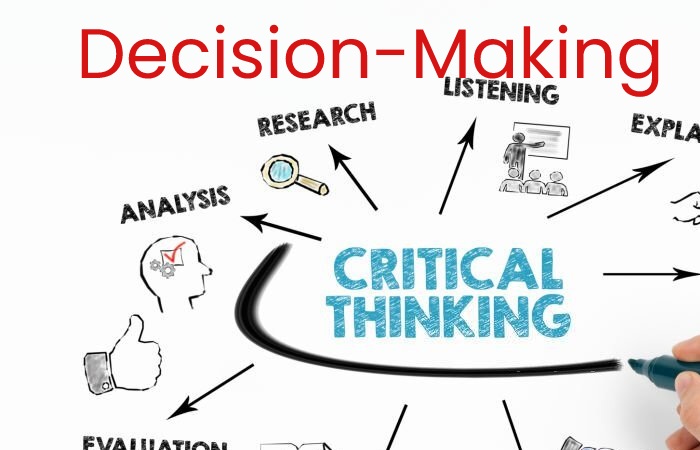Share This Article
Decision maker in all business is a characteristic and fundamental piece of any organization’s administration cycle. It doesn’t make any difference on the off chance that it’s a little privately-run company or an enormous global partnership. Eventually, they all need to settle on choices to guarantee their proceeded with the activity. Furthermore, that is the exact thing a supervisor’s work in an association comes down to – a consistent course of decision-production to guarantee the development and accomplishment of business objectives. That cycle is seldom a simple one.

In the past, all directors needed to depend on in their navigation was essentially only their experience, restricted information, and nature (and now and again, plain old mystery). Yet, today, because of the marvels of innovation, chiefs can approach a considerable measure of information, making the interaction significantly more straightforward. Or then again, right?
Structure for technology decisions
In a new overview of 570 C-suite and senior business pioneers, close to half (49%) of corporate organizations are making arrangements for leader-level administration of arising innovation, yet just 8% as of now have a deeply grounded and dynamic innovation administration model.1 Imparting the proper performance of ways of behaving and offsetting spryness with control across the innovation scene is fundamental to empowering advanced groundbreaking drives.
The EY Innovation Administration Model (TGM) gives construction to plan and apply a proper method of decision-production to various components of innovation. The model considers straightforward decisioning that thinks of the right points of view and is qualified for a reason for multiple groups. The TGM depicted in this white paper arranges three key dynamic components — what, who, and how — around innovation areas to keep up with the necessary arrangement, straightforwardness, and responsibility.
Innovation pioneers continuously determine a misguided feeling of certainty about their dynamic capacities from formal IT administration structures. It is usual for these sheets and councils to need business cooperation and persistently center around process adherence as opposed to on conveyance of business esteem. This creates two contradicting powers among business and IT associations. Therefore, development is driving IT associations to turn out to be more light-footed and go with innovation choices at a rising speed, disregarding their administration builds. The two ways of behaving bring about expanded security gambles and functional failures.
With the hierarchical procedure, a powerful administration model considers innovation a driver for better business results. Figure 1 below features the six primary parts of the Innovation Administration Model (TGM).
Domains highlight the technology decision
While each IT association is remarkable, the most widely recognized spaces we have seen are:
- Vital arrangement — innovation ventures are adjusted to hierarchical and specialty unit systems
- Subsidizing and venture — perform money-saving advantage investigation and approve that innovation speculations convey business results
- Esteem the board — affirmation of innovation commitment to business esteem
- Hazard, consistency, and change — adherence to big business risk pose
- Asset the board – designation of innovation assets to acknowledge business and IT results
- Activities and conveyance – affirm IT administrations have laid out assistance level arrangements and are conveyed inside satisfactory reaches
- Various spaces might have shifting administration necessities. Characterizing these suitably for a given association empowers organizations to figure out harmony between worldwide normalization and neighborhood enhancement. Therefore, the variable proportion among nimbleness and control across a couple of choice spaces.
Conclusion
Therefore, the most vital move toward successful independent direction laying out a standard administration model that can be applied across the venture and adjusted as expected for all innovation-related contemplations.


